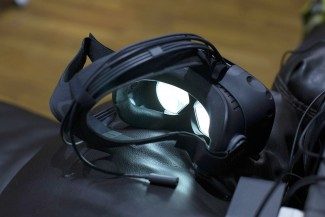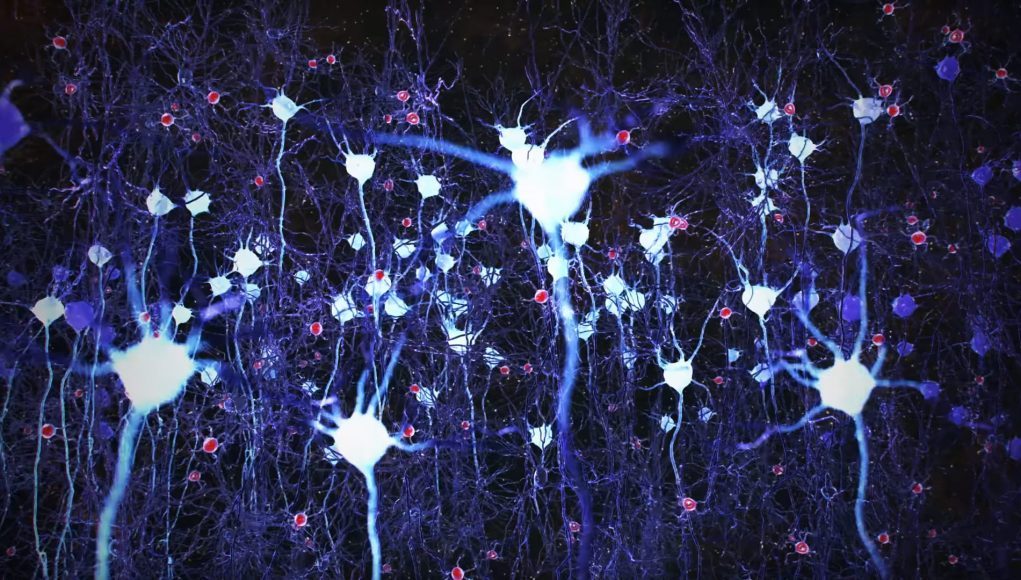After a recent bout of news articles detailing an experimental Alzheimer’s Disease therapy that has showed promising results in mice, the child of an afflicted father made a plea to the VR community to create a VR app which would recreate the therapy with a VR headset.
“I’m losing my dad to Alzheimer’s. Every day that passes I can tell that there is less and less of him here with us. It breaks my heart,” began Reddit user Porespellar. “We’ve tried all the traditional medicines to slow the progression but nothing seems to be helping him at all.”
The neurodegenerative disease, which commonly leads to symptoms of severe memory loss and dementia, has no known cure and is not well understood. According to MIT, one in three Americans will die of Alzheimer’s or age-related dementia.
But promising research out of MIT’s Picower Institute for Learning and Memory shows that non-invasive visual stimuli shown to mice leads to a significant improvement in a biological function of the brain which is believed to play a key role in Alzheimer’s. The paper detailing the research was published earlier this month in the peer-reviewed journal, Nature. A podcast episode by Radio Lab gives a great layman’s account of the research, which revolves around the ‘Gamma Frequency’, a 40Hz pulse of light which appears to stimulate the brain of mice in a way that could help treat Alzheimer’s.
The researchers are quick to point out that this research has only been done on mice, and that they want to be very careful not to build too much hope before proper research trials prove whether or not the same effect will be seen in humans too, and whether or not it will actually treat Alzheimer’s in any way. And while one of the paper’s authors has spun off a company called Cognito Therapeutics to pursue tests in humans, for some, that research may come too late.

“Again, this hasn’t been tested on humans, only mice, but my dad doesn’t have time to wait on clinical trials, FDA approvals, and all the proper testing, my dad is slipping further and further away every day,” wrote Porespellar. “First thing that came into my mind when I heard about this whole 40hz Alzheimer’s light therapy research was ‘The Vive would be the perfect delivery device for this therapy.’ It is a solidly-equipped device to deliver 40hz light pulses to my dad’s eyes. I’ve also read that vibrations timed to the pulses further enhance the effects, my thinking was that if the haptic motor on the Vive controllers could also be set to vibrate at the same frequency, this would enhance the effect of the lights and help with producing the Gamma Oscillations.”
With that, Samuel Sekandagu, a developer behind VR indie dev studio Overflow Games, replied “Sure I can try and make something like this, give me an hour or so.”
Not long after, Sekandagu sent his prototype VR app based on the experimental research to Porespellar, which uses the Vive to deliver a 40Hz flash and 40Hz vibrations, both of which are variable in strength. He also posted the code to GitHub so that others could add and improve the therapy app. Because this is not yet a properly researched therapy, we won’t link to the actual app here.
As thankful as Porespellar has been, they are not ready to jump the gun just yet.
“Wow!!! So I just downloaded your app and it does exactly what was requested THANK YOU!!,” they wrote, followed with another message: “I’m not advocating or condoning that anyone actually try any of the resulting software being provided by any developer in response to this post as its use could be harmful to those who are sensitive to flashing lights. I’m going to provide this research information to my dad’s doctors and my family and if everyone agrees and deems that they feel the risk is acceptable then we’ll go from there.”
Porespellar has encouraged those who want to thank Sekandagu for his work to consider buying the VR game Adobe which was developed by Sekandagu’s studio, Overflow Games. Sekandagu also posted a bitcoin address for anyone interested in donating in thanks for his work: 1MHZDJBVoATJp83YvvdzJA9kkfDf26YUpE







